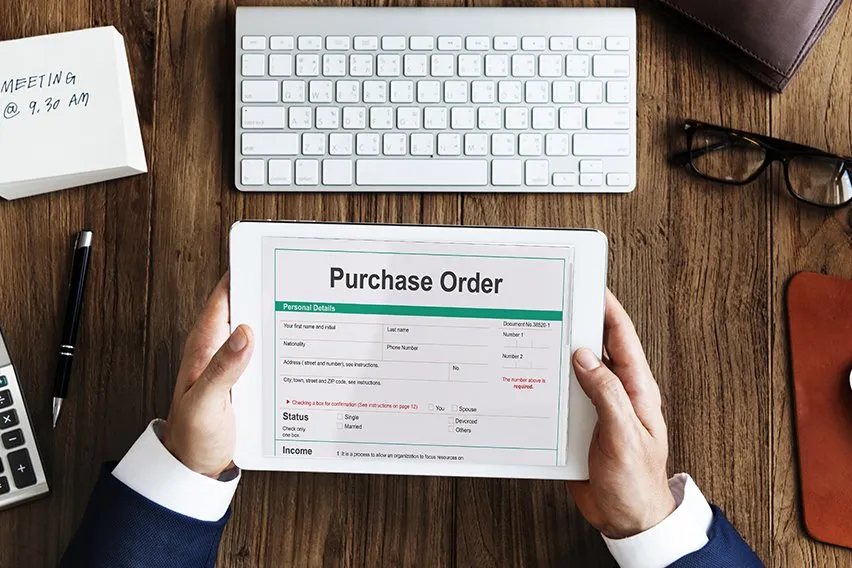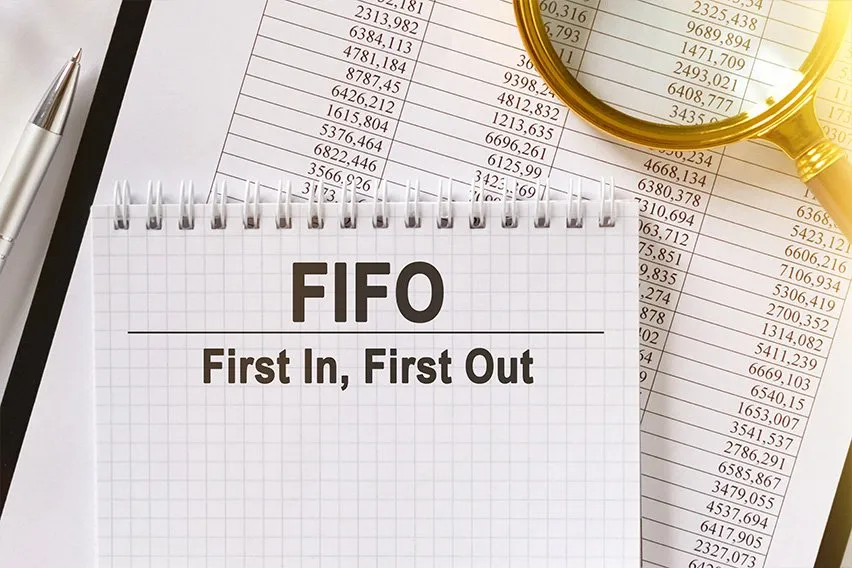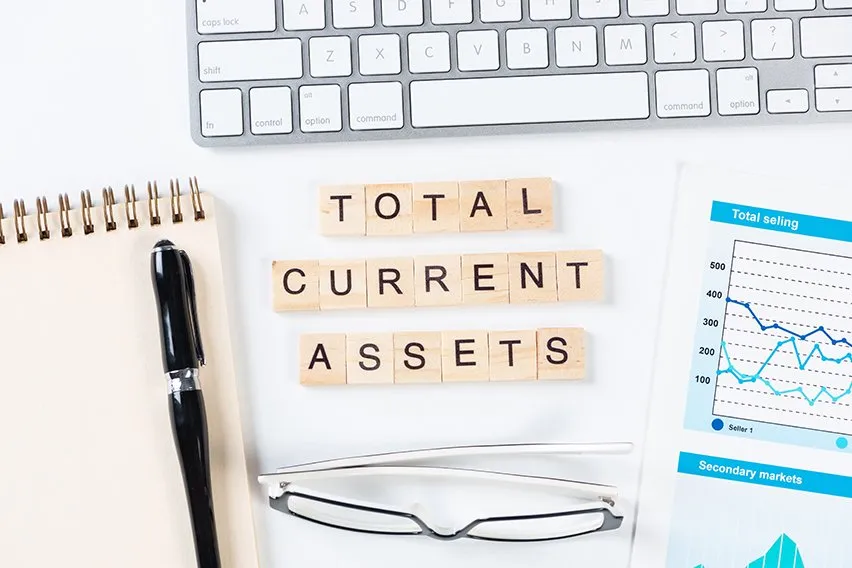How Purchase Orders Work. How This Important Document Helps Businesses.

A purchase order acts as an official agreement between a buyer and seller that outlines the details of a sale, including the name of the product, the quantity and price. It can also list the details of a service to be provided. This document is important because the details of a PO help to minimize errors throughout the transaction.
Here’s What We’ll Cover:
What Is a Purchase Order Form?
Why Do We Use Purchase Orders?
Is a Purchase Order Legally Binding?
Can a Purchase Order Be Cancelled?

What Is a Purchase Order Form?
A purchase order form is a form generated by the buyer (or customer) and it details the particulars of a sale. A purchase order form should include:
Date
Today’s date.
Purchase Order Number
This is a new and unique number generated solely for this document. This number is important because it will be used on a number of forms, including shipping documents and invoices, to show the transaction was pre-approved.
Vendor Contact Information
The name and contact details of the vendor (or seller) should be listed here, including phone number and email address.
Description
The name of the products or services being requested.
Quantity
The cost of each product. If it’s a service, then it should list how many service calls are required.
Special Notes
This is where any special conditions should be noted, like if the product or service is needed within a specific time frame.
Price
This is the amount the buyer is expecting to pay. Typically, pricing has already been worked out with the seller, so the figures listed here should not be a surprise.
Tax Information
If the buyer has a special tax number that the vendor will need for invoicing purposes, this is where to include it.
Why Do We Use Purchase Orders?
Businesses use purchase orders to make the buying process more efficient. It helps buyers and sellers differently.
For the buyer, a PO allows them to:
- Better manage and track incoming orders.
- Plan inventory (what’s been ordered and what’s still needed).
- Manage budgets more effectively (by knowing what’s already spent).
- Approve buyer invoices faster (since the transaction was approved at the purchase order stage).
The benefits of a PO for the seller are:
- Inventory control and tracking. The seller knows where his product went by simply referencing the supplied purchase order numbers.
- Protection. It protects the seller against non-payment. In case the buyer receives the goods and decides not to provide payment, the PO is considered binding.
- Faster payments. A vendor invoice referencing a purchase order number is likely to get paid faster.
Should I Use Purchase Orders?
There are still small businesses out there that do deals on a handshake, but it’s not a best practice. A best practice would be for management of any size business to set a policy that requires their staff to use purchase orders for all transactions that will require a vendor to later invoice them. Listing out all the details on the purchase order will decrease the chance of error or misunderstanding, and will most likely speed up the transaction. For vendors, it also helps speed up payment.
Is a Purchase Order Legally Binding?
A purchase order is considered to be legally binding. What’s deceiving is that there isn’t any of the usual and very specific legal jargon you see on a contract included in a purchase order. However, special consideration has been given to purchase orders by America’s Uniform Commercial Code because to write a contract for every transaction would be an impediment to businesses everywhere. For this reason, businesses requiring larger or complex products, or with purchase orders detailing considerable sums, should consider an accompanying contract to complete the sale. This will protect both parties from misunderstanding.

How Does a PO System Work?
A purchase order system would be part of a larger accounting software solution that would allow for the entry of purchase order information, automatic generation of a PO number, and routing for digital approval. In addition to aiding the accounting department, such a system will also help other areas of the company.
For instance, Jack works in the accounts payable department of a large bottled water company. A purchase order for newly designed labels was issued and approved six weeks earlier. Today, the labels were delivered to the shipping department. The company’s receiver (who signed for the delivery) goes online in the warehouse and punches in the PO number that was included on the shipping form, and now the system updates the status of the purchase order to show that the product was received.
That’s not all. The company’s inventory is also updated at the same time. Later, when the shipping label manufacturer goes to invoice the company, and that invoice lands in Jack’s inbox, the purchase order number will show that this transaction has been completed. At the click of a button, Jack can have the invoice generated based on the information in the purchase order. Other finance documents will also be updated automatically as well. Jack doesn’t need to search for anything or email anybody for information because the system updates it all simultaneously.
Can a Purchase Order Be Cancelled?
A purchase order cancellation really depends on what part of the process the transaction is in. If special terms are not included in the purchase order, and a buyer decides he no longer needs the product or service, then it’s best for the buyer to communicate directly with the seller and then follow up with official documentation noting the cancellation. However, if the buyer has already received product, or it has been opened, then the process becomes more complicated as it may need to be returned and restocking or other fees may apply.
RELATED ARTICLES

 Do I Need an Accountant for My Small Business?
Do I Need an Accountant for My Small Business? What Are Functional Expenses? A Guide to Nonprofit Accounting
What Are Functional Expenses? A Guide to Nonprofit Accounting What Is FIFO Method: Definition and Guide
What Is FIFO Method: Definition and Guide FIFO vs LIFO: Comparing Inventory Valuation Methods
FIFO vs LIFO: Comparing Inventory Valuation Methods What Are Investing Activities? How to Report Investment Activities on the Cash Flow Statement
What Are Investing Activities? How to Report Investment Activities on the Cash Flow Statement Are Supplies a Current Asset? How to Classify Office Supplies on Financial Statements
Are Supplies a Current Asset? How to Classify Office Supplies on Financial Statements